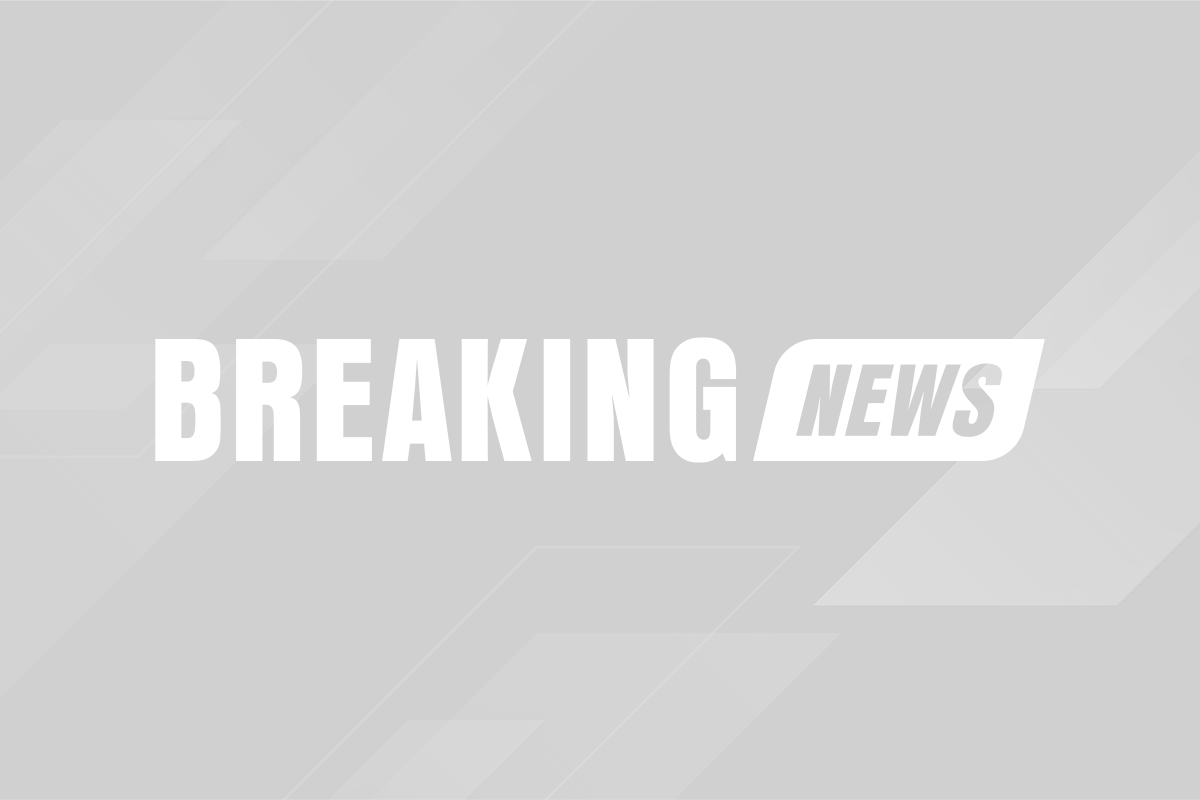
In anticipation of the inaugural Las Vegas Grand Prix, hoteliers in Sin City had positioned their rates at a premium, betting on the allure of Formula 1 to draw crowds willing to pay top dollar for luxury accommodations. However, a recent turn of events has seen room rates around the Las Vegas Strip take a dramatic nosedive, with decreases as steep as 70 percent at some of the city's most iconic hotels.
Substantial Rate Reductions
Among the properties adjusting their prices are four Caesars Entertainment holdings, each witnessing significant slashes in their originally quoted rates for the event period. The Linq Hotel, for instance, showed a precipitous drop from an eye-watering $2,694.87 to a more approachable $810.55. Similarly, Paris Las Vegas saw its rate nearly halve, moving from $3,497.60 down to $1,513.45.
Further illustrating this trend, Planet Hollywood's asking price took a cut from $4,336.61 to $1,524.79. Not to be outdone, Caesars Palace—often considered the crown jewel of the Caesars Entertainment portfolio—reduced its Grand Prix rates from $5,323.02 to a somewhat more palatable $2,420.49. On average, these adjustments represent a 62 percent decrease in room rates, signaling a significant recalibration in the hospitality sector's approach to this marquee event.
Las Vegas Grand Prix: A High-Octane Draw
The Las Vegas Grand Prix is poised to be an electrifying addition to the Formula 1 calendar, with expectations of drawing approximately 105,000 fans each night. The race will unfold along a 3.8-mile circuit that weaves through the heart of the Las Vegas Strip, offering a blend of high-speed thrills and the unparalleled spectacle of racing under the neon lights.
This sudden correction in hotel prices is interpreted by industry experts not as an indicator of waning interest but rather as a strategic move to better align with market demands. The event marks the first-ever Las Vegas Grand Prix, leaving hotel operators without a historical benchmark to guide their pricing strategies, unlike other staple events in Las Vegas such as New Year's Eve or the National Finals Rodeo, which have long-established data to draw from.
Seeking the Right Price Point
The initial setting of room rates was done with a blend of optimism and caution, aimed at capitalizing on the unique draw of the Grand Prix while navigating the unknowns of hosting such an event for the first time. According to insights shared by industry observers, "Since this is the first Las Vegas Grand Prix, operators don't have existing data to compare it to like they do with other annual major events such as New Year's Eve and the National Finals Rodeo. This factored into how room rates were first established, with properties erring on the side of aspiration in their initial pricing."
A Rebalanced Approach
With the race drawing near, the decision to adjust prices downward reflects a pragmatic approach to fill rooms and ensure the city can fully capitalize on the influx of visitors. While early pricing may have been rooted in optimistic projections, the revised rates suggest a responsive and adaptive strategy by hoteliers, aiming to strike a balance between maximizing revenue and ensuring accessibility for guests keen on experiencing the thrill of Formula 1 in a city known for its high-stakes entertainment. As Las Vegas prepares to host what could become one of its keystone events, both the city and its guests seem set for a memorable Grand Prix weekend, now at a more inviting price point.
In conclusion, as we count down to the green lights along the Strip, the recent adjustments in hotel pricing underscore the dynamic nature of event-based tourism and the need for flexibility in response to evolving market realities. The Las Vegas Grand Prix thus serves not only as a test of speed for the world's top racing teams but also as a learning curve for the city's hospitality industry, navigating the challenges and opportunities presented by a high-profile new addition to its event calendar.